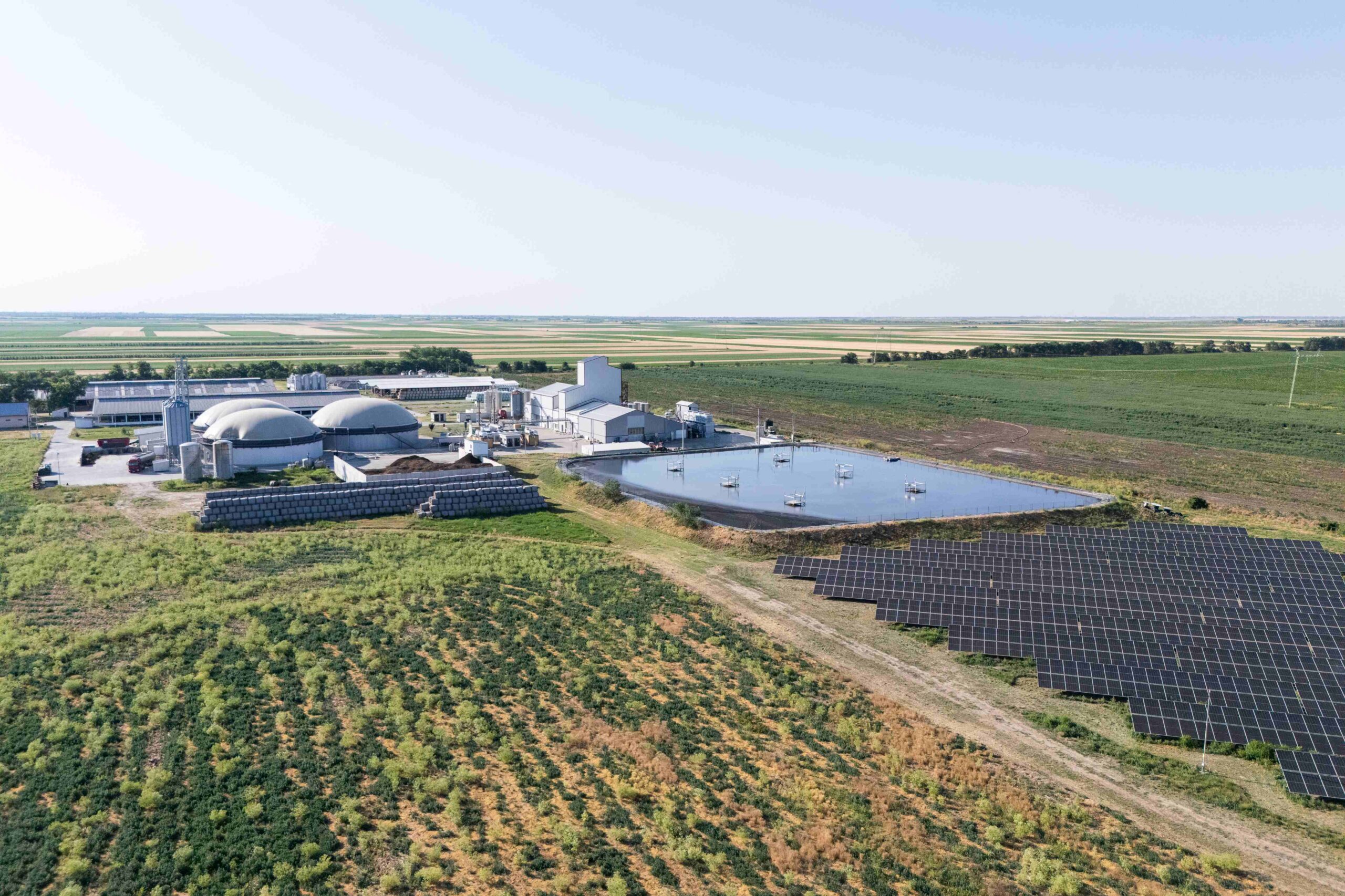Waste Management in Civil Engineering Projects: Best Practices and Challenges
Waste management is an important aspect of any construction project, particularly in civil engineering projects that tend to generate a considerable amount of waste. Proper waste management ensures that construction sites remain clean and safe, reducing the risk of accidents and injuries to workers and the public. In addition, effective waste management can help to reduce environmental impacts, such as pollution and depletion of natural resources.

Best Practices for Waste Management in Civil Engineering Projects
- Reduce Waste Generation Through Careful Planning and Design: The first step in waste management is to minimize the amount of waste generated. This can be achieved through careful planning and design. By using sustainable materials and efficient construction methods, it is possible to reduce the amount of waste generated during construction. For example, prefabricated construction techniques reduce the amount of waste generated on site as they are made in a controlled environment and are manufactured to precise specifications.
- Designing buildings for deconstruction can also reduce waste by ensuring that materials are easily disassembled and reused or recycled at the end of their lifecycle. This approach can be particularly effective in reducing waste from demolition projects, where the vast majority of waste is sent to landfill.
Also Read: Download Handbook of Water and Wastewater Treatment Plant Operations by Frank R. Spellman PDF
- Reuse and Recycle Materials On-Site Whenever Possible: Reusing and recycling materials on-site is another effective way of reducing waste generation. By salvaging materials, it is possible to minimize waste and reduce the need for new materials. For example, old concrete can be crushed and used as a base for new roads, and old asphalt can be ground up and used as a binder for new asphalt.
- In addition to on-site reuse and recycling, materials can also be sent to off-site recycling facilities. Recycling facilities use specialized equipment and techniques to separate and process materials for reuse, reducing the amount of waste sent to landfill. Recycling also conserves natural resources by reducing the need for new materials to be extracted from the earth.
- Proper Disposal of Hazardous Materials: Proper disposal of hazardous materials is essential in preventing environmental and health hazards. Hazardous materials such as asbestos, lead, and mercury should be handled with care and disposed of properly. The disposal of hazardous materials should be in accordance with local, state, and federal regulations, expert waste management services liked Sydney rubbish removalists can assist in the proper disposal of hazardous materials.
- It is important to identify hazardous materials before they are disposed of to ensure that they are handled properly. This can be achieved through testing and analysis of materials, as well as through knowledge of the materials used on site. Once hazardous materials are identified, appropriate measures should be taken to ensure their proper handling and disposal. This may involve transporting them to specialized facilities for treatment and disposal.
- Implement Waste Management Policies and Procedures: Waste management policies and procedures should be implemented at every construction site to ensure that waste is managed effectively. These policies and procedures should cover waste reduction, reuse, and recycling, as well as the proper disposal of hazardous materials. A waste management plan should be developed for each construction site and should be reviewed regularly to ensure that it remains effective.
- Waste management policies should also incorporate education and training for workers on proper waste management practices. This can include information on sorting waste, identifying hazardous materials, and the importance of waste reduction and recycling.
- Monitor Waste Management Practices and Adjust as Needed: Monitoring waste management practices is essential to ensure that they remain effective. By monitoring waste management practices, it is possible to identify areas that need improvement and make adjustments as needed. Regular monitoring also helps to ensure that waste management policies and procedures are being followed, reducing the risk of non-compliance.
Challenges of Waste Management in Civil Engineering Projects
- Limited Space for Waste Storage and Disposal: One of the challenges of waste management in civil engineering projects is limited space for waste storage and disposal. Construction sites are often located in densely populated areas, making it difficult to find space for waste storage and disposal. This challenge can be overcome by using efficient waste management practices, such as recycling and reusing materials on-site and sending non-recyclable waste to landfills that have been specifically designed for construction waste. Waste can also be transported off-site to specialized facilities for treatment and disposal.
- The Cost of Waste Management: Another challenge of waste management in civil engineering projects is the cost. Effective waste management practices can be expensive, and the cost can be a significant barrier to their implementation. However, the cost of waste management should be considered an investment in the long-term sustainability of the project. By reducing waste generation and implementing sustainable waste management practices, it is possible to reduce the overall cost of waste management over the life of the project.
- Difficulty in Identifying Hazardous Materials: Identifying hazardous materials can be a challenge in civil engineering projects. Hazardous materials can be difficult to identify, and workers may not be aware of the hazards associated with certain materials. This challenge can be overcome through education and training of workers on proper waste management practices, including the identification and handling of hazardous materials. Regular testing and analysis of materials can also help to identify hazardous materials before they are disposed of.
- Lack of Awareness and Education on Waste Management: A lack of awareness and education on waste management is another challenge in civil engineering projects. Many workers may not be aware of the importance of waste reduction, reuse, and recycling, or the hazards associated with improper waste management. This challenge can be overcome through education and training programs that provide workers with the knowledge and skills they need to implement effective waste management practices.
- Compliance with Regulatory Requirements: Compliance with regulatory requirements is essential in waste management. Local, state, and federal regulations govern the disposal of hazardous waste, and non-compliance can result in significant penalties and fines. Compliance can be ensured through regular monitoring of waste management practices and adherence to waste management policies and procedures that incorporate regulatory requirements.
Conclusion
Effective waste management is essential in civil engineering projects to ensure a safe and healthy environment for workers and the public. Best practices such as reducing waste generation, reusing and recycling materials, proper disposal of hazardous materials, implementing waste management policies and procedures, and monitoring practices are essential to manage waste effectively. However, there are several challenges to effective waste management, including limited space for waste storage and disposal, the cost of waste management, difficulty in identifying hazardous materials, lack of awareness and education on waste management, and compliance with regulatory requirements. By overcoming these challenges and implementing best practices, we can manage waste effectively and ensure the sustainability of civil engineering projects. Therefore, it is crucial to prioritize waste management in every construction project and work together towards a cleaner and healthier environment.









Post Comment